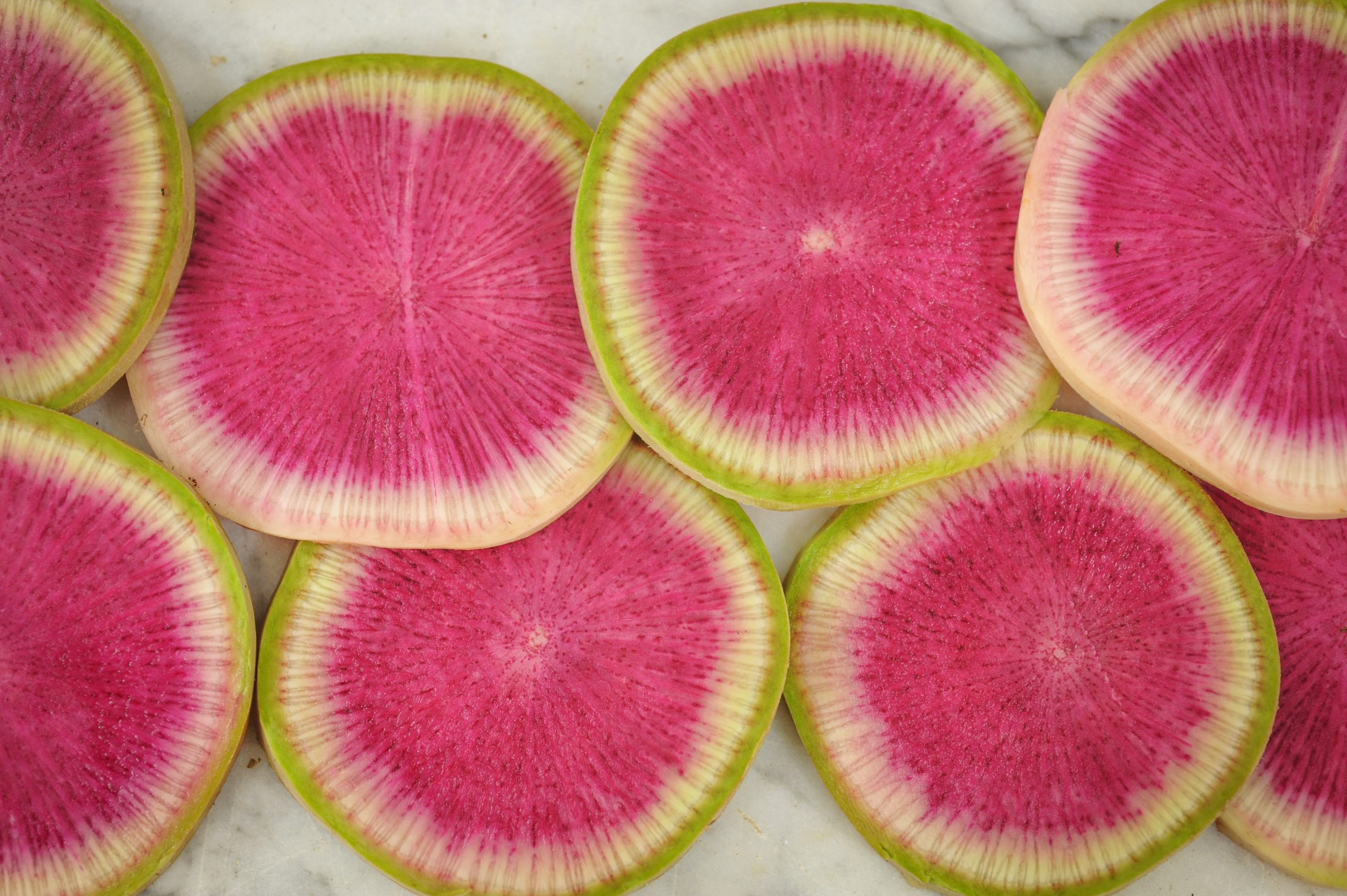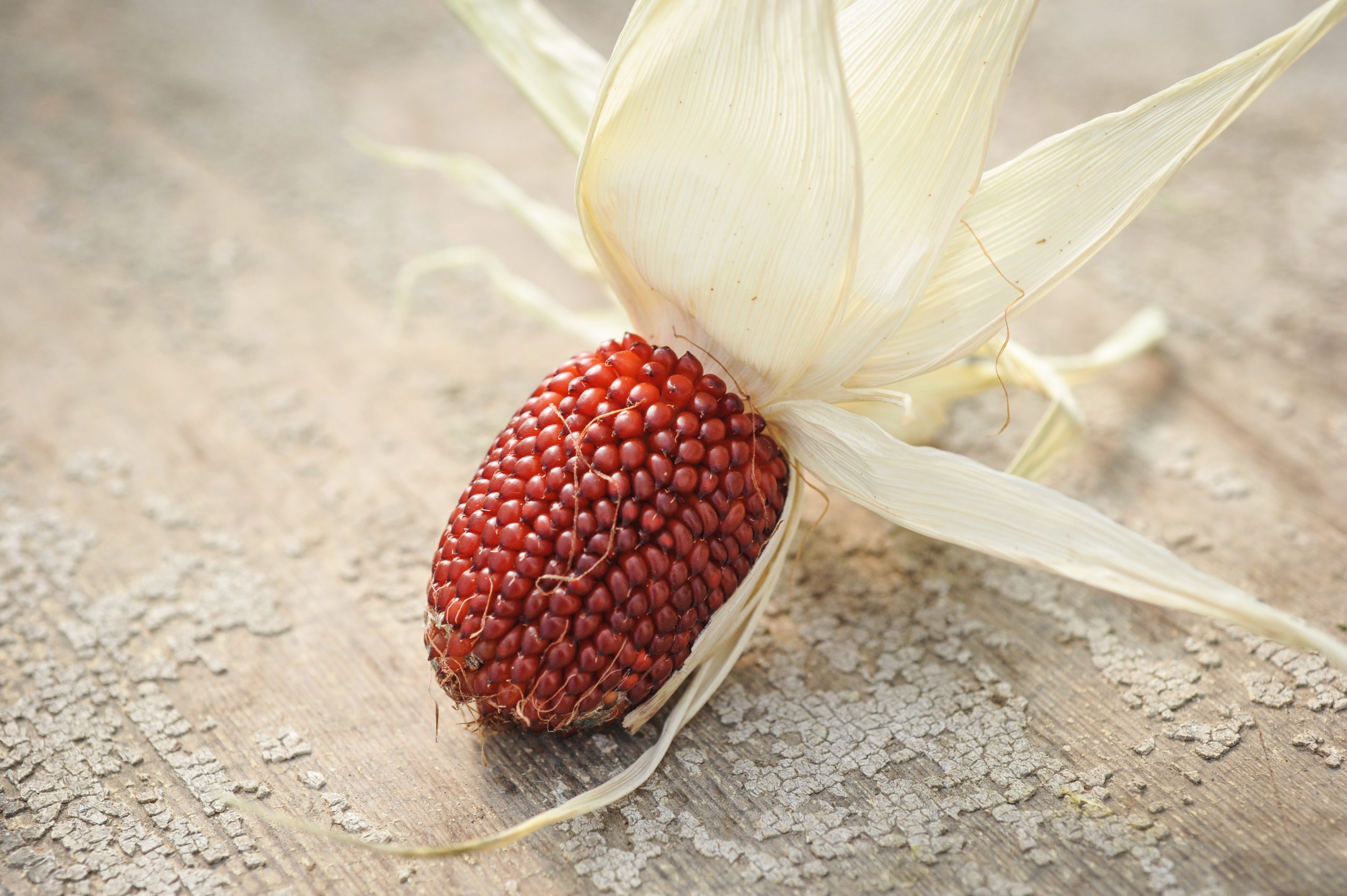(Return to the Editor’s Lounge)
Additional images will be posted by end of day, December 28

It’s Back; that Seedy Feeling
The long nights of January always lead my imagination down a well-worn path to the garden. As I flip and click through the pages of each year’s new lineup of seed catalogs, the images and descriptions of full-grown plants take my mind to an earthy paradise that is waiting in the near future and mine to plan.
For unknown reasons, instead of going ahead and placing that important order, I often hesitate, thinking I might remember something else to slip into the cart. Which is silly of course, because I could always drag myself back online, 24/7/365, and find what I need. The seed companies already have the permission and codes to reach into my wallet and take my money. All I have to do is click “buy.”
I never set out to delay my seed order too much, until the Ides of February 2020, no less, of all years, when the brand new pandemic put a run on gardening supplies, right around the time I’d placed my order.
It seems that a similar mental switch to the one that caused those skirmishes to break out in the toilet paper aisle got flipped in those inclined to garden.
The pandemic planted seeds of curiosity in many people who wanted to take some control over their own food security, just in case. In others, the seeds were already planted, and the pandemic simply added water. Either way, seed companies were deluged, and many were swamped.
My seeds were slow to arrive, but at least the order got filled. Many in the stampede of gardeners and garden-curious were not so lucky.
“We had to stop taking orders for weeks at a time, in order to pack enough seeds to keep shipping,” said Jere Gettle, who founded Baker Creek Seeds in 1998. He says they operated 24 hours a day for much of the year.
“2020 was totally unprecedented, with interest in home gardening the greatest we’ve ever seen, even more than in 1999 before Y2K. This has probably been the biggest year since the great depression for new gardeners to start gardening,” Gettle said.
To prepare for 2021, they built a 53,000 square foot warehouse and are adding more packing machines, more staff and many more tons seed stock. But will it be enough?
“December has been off the charts, about 3 times our normal December, with some days reaching about 6,000 orders,” Gettle said. The biggest growth category was Asian greens. “Tatsoi, Yod Fah Chinese Broccoli and other vitamin rich varieties.”
The 2020 catalog, printed in 2019, had a distinctly purple tinge, with dark, deep shades of indigo and violet varieties of corn, squash, beans, sunflowers and greens on display, among others, while this year’s color scheme is decidedly scarlet.
“We often use red and purple featured on the covers and elsewhere, as these are both strong colors that are both beautiful and powerful, and represent some of the most powerful nutrients like anthocyanins and Lycopene,” Gettle explained.
Like “Strawberry Spinach,” a relative of lambsquarter that develops sweet edible berries under the leaf stems. There is also the brilliant red “Strawberry Popcorn,” which really is corn — and really pops — as well as strawberry plants that are actual strawberries, such as the sweet and fragrant “Regina Alpine Strawberry,” as well as red plants that don’t contain the word “strawberry,” like the “Jing Orange Okra” and “Pusa Rudhira Red Carrot.”
Suffice it to say, I won’t be waiting until February again this year. I’ll have my order in by the Ides of January at the latest. Also known as “by the time you read this.” So I have nothing to lose by urging you to do your genetics selection as soon as possible.
When you seed shop, don’t seed shop as if you plan to homestead the back 40 square feet, because if you had to homestead for a living you would surely starve. Being friends with a farmer could feed you more than a torn up front lawn, but to be safe you should do both.
Homesteading in your urban or suburban lot may not save you many trips to the grocery store, but you could probably live on what you can buy at the farmers market, or at the farmstands that are popping up everywhere. That’s what I do, summer and winter. As I write this in the 10 degree waning light of 2020, I’ve got cabbage, kale, squash and potatoes, parsley, sage, rosemary and thyme, all from the market, plus garlic for my meat, baby bok choy for my ramen, and carrots, celery and onions for my mirepoix.
Buy seeds with an aim to augment what you can already acquire from your local food system.
Planting a garden is fun and worth doing, but if you want to make a real investment in your food security, invest in your local food system by buying locally. It’s an investment that pays an immediate dividend, in the form of food for your money, while your money strengthens the food system itself in the long term.
But none of this would happen without seeds. Indeed, the impossibility of growing food without them reinforces the importance of seed banks, which protect, organize, and stand ready to offer the seeds in the event a variety of crop is otherwise wiped out.
While seed banks try to stay removed and above the fray, for-profit seed companies are like privately run seed banks. Rather than for storage and preservation, seed companies are built and equipped to disperse as many plant seeds as commercially possible to the gardens of the world, which themselves function as living seed banks. I can’t help but wonder if the seed companies truly work for the owners and gardeners, or for the plants themselves.
And gardeners, meanwhile, the organically organized seed militia being necessary to the security of food, are the infantry of a resilient community.
As for toilet paper — let’s face it. You can wipe with almost anything.
